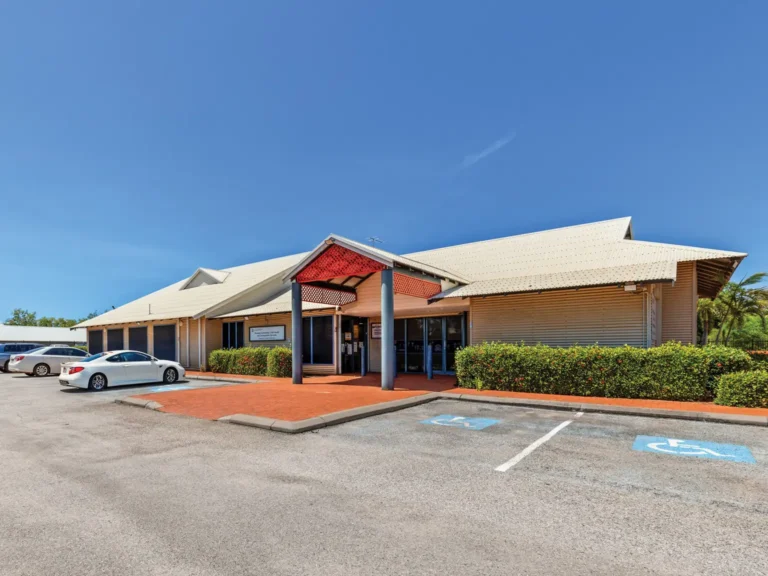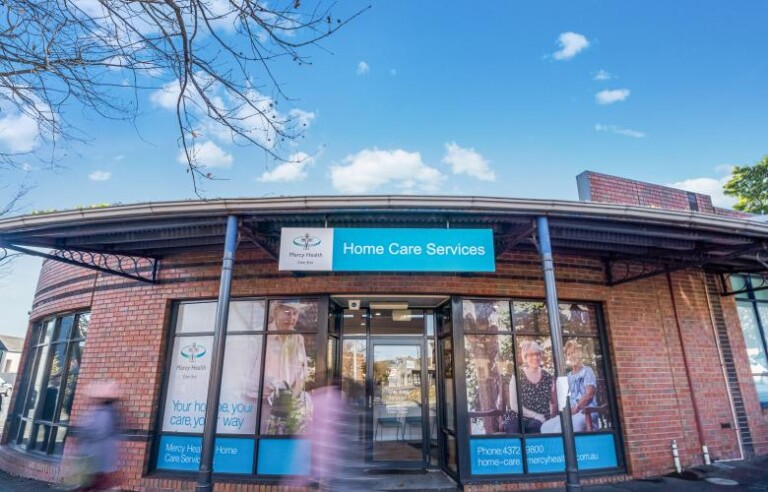Unprecedented Growth Trajectory for Australia’s Health Industry – Burgess Rawson Director Geoff Sinclair
14/02/2024

Australian medical and healthcare assets are emerging as the must-have investment asset class for 2024, fuelled by a compelling blend of factors and statistical trends.
Over the past decade, healthcare investments have risen to prominence, highlighting their defensive, recession-proof nature compared to traditional investments.
The ageing population, as forecasted by the Australian Bureau of Statistics (ABS), is expected to increase 23% by 2057, underlining the sustained demand for specialised healthcare services and aged care facilities.
Furthermore, substantial government support, with an allocation of $580 billion over the next four years, solidifies the sector’s transformation into one of the most robust and resilient investment options in today’s market. This significant investment is indicative of the sector’s critical importance and the government’s commitment to ensuring access to quality healthcare for all Australians.
One of the many attractive features of healthcare property is their long-term leases and consistent rental growth often committing to extended lease terms, providing investors with a dependable income stream that transcends typical commercial lease durations.
Recent transactions, such as Burgess Rawson’s $21 million sale of King Street Dental & Medical Centre and ISLHD in Warrawong (Wollongong), exemplify the diversification and strategic advantages offered by healthcare properties, with integrated medical services and a strategic location contributing to their appeal.
Real Estate Investment Trusts have been instrumental in reshaping the medical investment landscape highlighted by HealthCo Healthcare & Wellness REIT’s $1.2 billion purchase of 11 hospitals last year.
Notable shifts towards comprehensive healthcare precincts and technological advancements underscore the sector’s attractiveness to all types of investors.
Technological innovations are reshaping healthcare property requirements, driving the need for modern facilities equipped with cutting-edge technology to meet evolving patient needs. This convergence of demographic shifts and technological advancements, backed by government support, solidifies Australian medical and health property assets as lucrative investments for the foreseeable future.
Burgess Rawson’s recent Healthcare Industry Insights Report unveiled a positive outcome in cap rates for healthcare assets and this trend, amidst increased cash rate adjustments and market uncertainties, underscores strong investor interest drawn by the sector’s promise of healthy returns.
Noteworthy transactions, such as the sale of Ambulance Victoria in Narre Warren, reinforce this sentiment selling on a tight yield of just 3.96 per cent.
Investors recognising the sector’s resilience and growth potential are increasingly integrating healthcare assets into their portfolios, underscoring the sector’s pivotal role in the dynamic real estate market landscape. With a growing aging population, increased adoption of digital health technologies, and the stability of long-term leases, Australian medical and healthcare property stand out as lucrative options.
Commo



